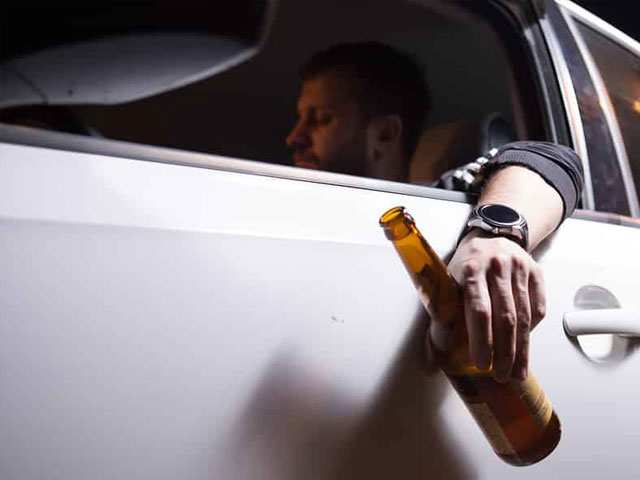Other than the drivers themselves, law enforcement agencies play the most important roles in preventing instances of drunk driving. One can argue that there are opportunities to improve certain areas of the existing traffic laws and they can potentially decrease instances of DUI down the line.
However, the traffic law & regulation system as it exists right now is still quite conducive to possible roles that the different law enforcement agencies can take up to prevent DUI accidents, injuries, and wrongful deaths. A closer look at some of those roles should provide us with better clarity.
Strategic Sobriety Checkpoint Placements
A sobriety checkpoint is a strategically randomized and timed checkpoint where police officers will stop vehicles to check the driver’s sobriety level. The checking will involve a breath analyzer test for alcohol, along with any other steps deemed necessary by the officers. Which vehicles will be stopped, and which ones will be allowed passage is left to the officers’ discretion.
The officers themselves will make that decision to stop a car, based on their own observations and any additional information which they may or may not have. Some of the most common strategies found to be most effective in preventing drunk driving accidents are as follows:
Publicized Sobriety Checkpoints – Suspected drunk drivers are stopped and checked at a location that is highly visible to the public. This is often done in the presence of media outlets.
High-Risk Sobriety Checkpoints – Publicized/non-publicized checkpoints are set up in an area that has a recorded history of being at high risk for drunk driving accidents.
Timed Sobriety Checkpoints – Publicized/non-publicized sobriety checkpoints are set up on specific days and within specific time brackets. These dates and time brackets are statistically supported as riskiest for drunk driving accidents. Weekends after 9pm, for example, often see the highest number of DUI accidents every year.
Strategic Saturation Patrols
Saturation patrol is a practice where several police vehicles will patrol high-risk traffic locations in high volume and frequency. Even when it’s not publicized, this serves the dual purpose of:
- Keeping drunk drivers in line and out of their cars.
- Catching and detaining drunk drivers before they get into an accident.
When publicized with the help of media outlets, saturation patrols have a far-reaching effect. Anyone who watches the proceedings will realize that there are very real legal consequences to taking actions that may endanger others on the road.
Community Awareness Programs
Ignorance of the law does not prove innocence, but awareness of the law can certainly reduce the number of drunk driving accidents that lead to thousands of car accident related personal injuries and deaths every year. Community awareness programs created and carried out by prominent community figures and local law enforcement agencies create practical awareness of not just the law, but also the practical risks of drunk driving.
Everybody knows that it is illegal to drink and drive, but most people fail to see it as a real risk with serious, if not mortal consequences. Drunk drivers often have the mindset that they only need to avoid the police and the ensuring punitive measures. They do not acknowledge the risk of death, injury, and suffering which may befall them and others on the road because of their actions. Community awareness programs can help with that.
Despite all efforts, people do still get injured and pass away from drunk driving accidents every year. If you or someone you care about has been injured in a DUI car accident recently, contact Cassisi Law Firm now.
You can reach out to us directly at 10208 101st Ave Ozone Park, NY 11416 or call now for a free consultation on (718) 441-5050.

